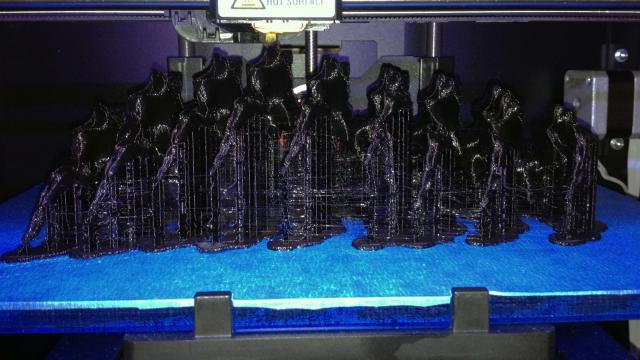At the American Museum of Natural History’s two-week camp Capturing Dinosaurs: Reconstructing Extinct Species Through Digital Fabrication, a group of teens learned the processes and tools used by palaeontologists for studying dinosaur bones and digitally reconstructing them. And we got to tag along for some of it.
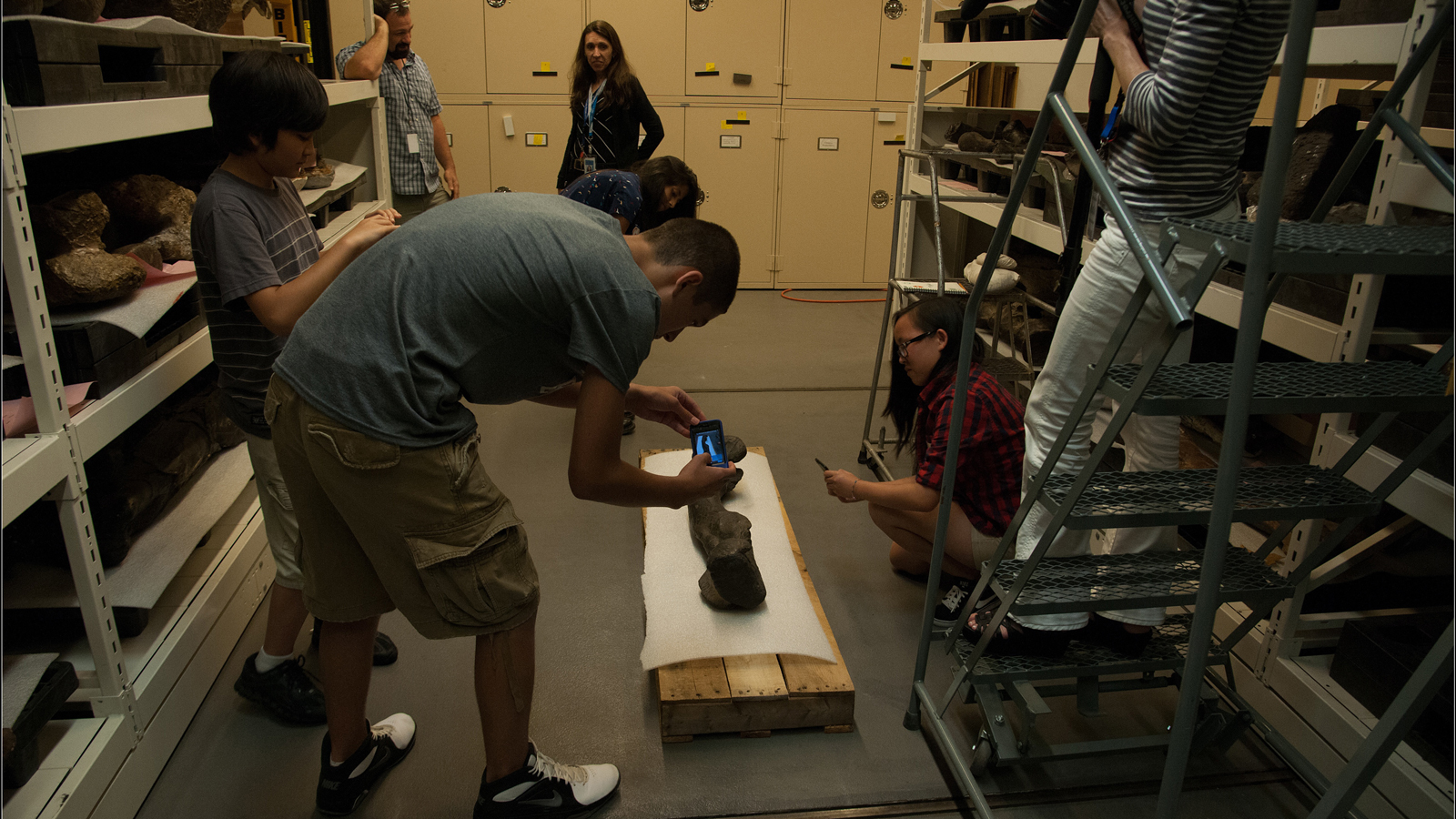
It all begins in the deep underbelly of the museum, where campers are given access to an entire library collection of dinosaur bones to analyse.
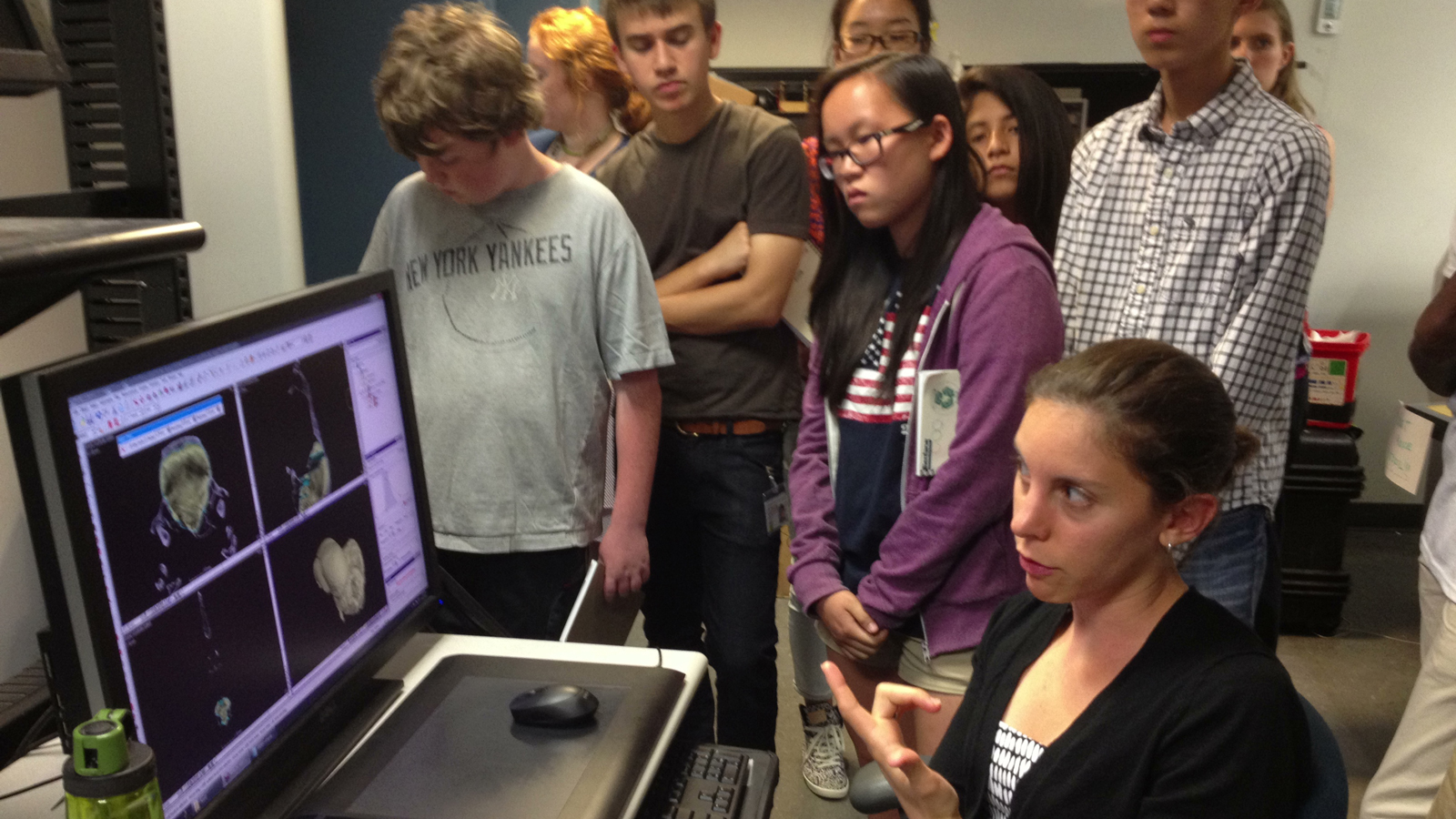
Before attendees start scanning their fossils, the museum shows them how actual palaeontologists clean bones and scan them with million-dollar machines.
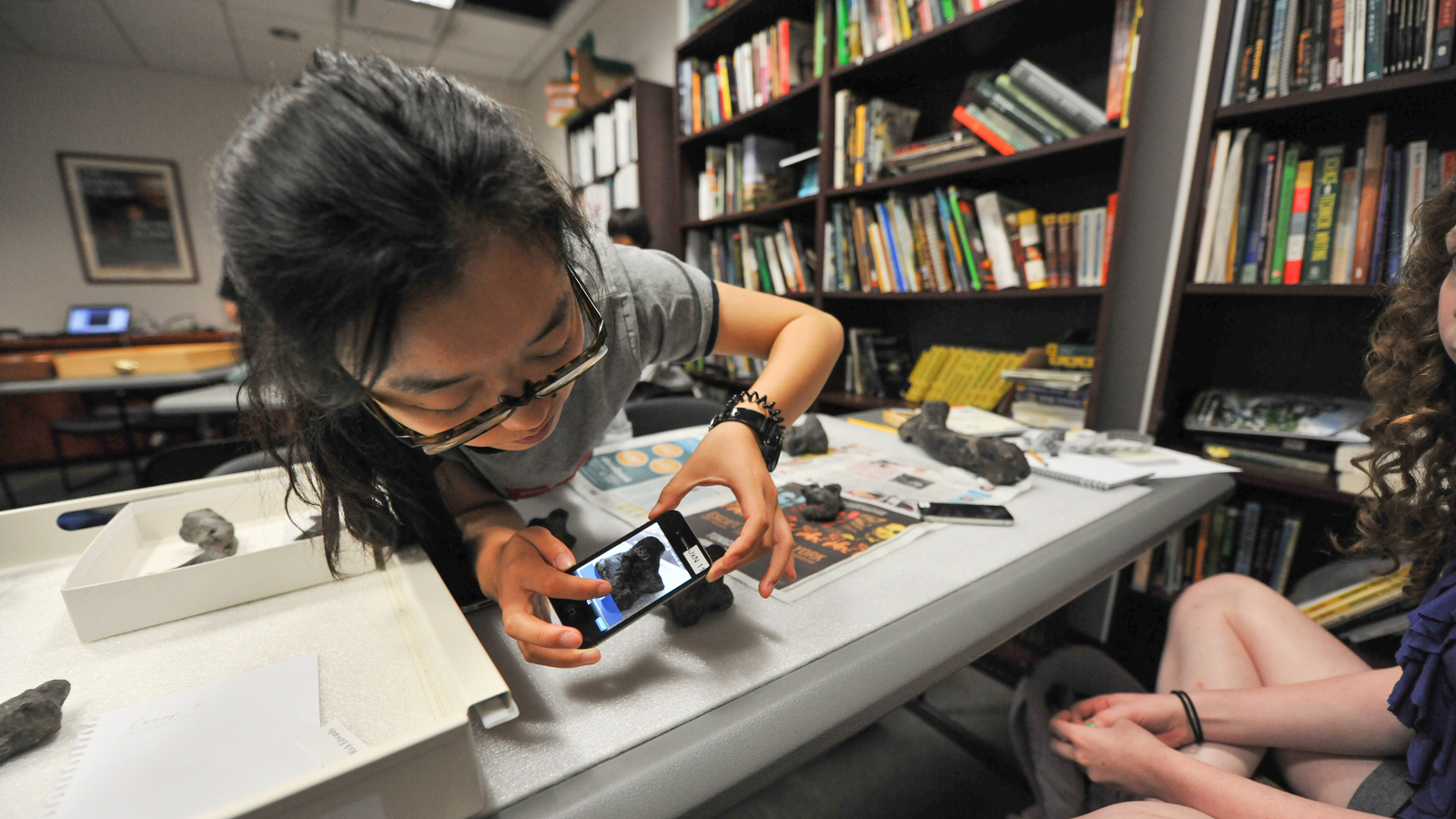
The most remarkable part of the camp is that the kids scan, model, and rebuild these dinosaurs with no previous experience in the 3D printing field. Using 123D Catch, a mobile app on phones supplied to them, each individual group of kids are given a set of bones without any description, and are asked to scan them and then determine what portion of the body of which dinosaur they have.

In a controlled and safe environment campers get hands on with about 50 different bones that have never been scanned before, which they study and scan into the computer. The fossils aren’t necessarily in great shape though, so the next step is to reconstruct the digital version into something that better approximates how the bone originally looked. Once it’s shipshape, it’s connected together with the other refurbished bones to form a complete digital model. Tinkercad and Makerware are used to prep the result for printing.
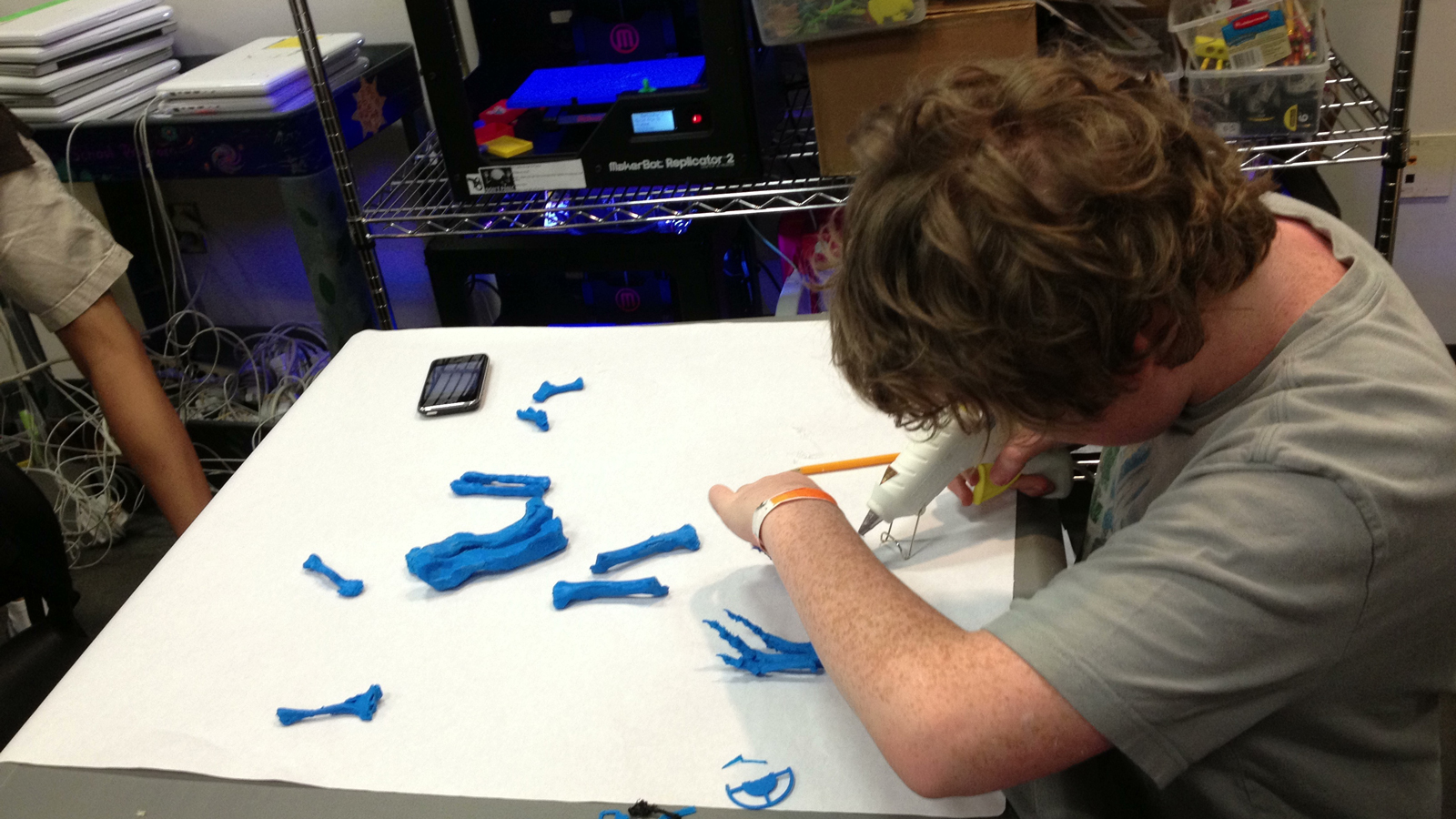
After the bones are printed out, campers identify which the dinosaur they’re from (Allosaurus, in this case), figure out where each bone goes, and then put the pieces together with a little hot glue. As Barry Joseph, the camp advisor, explains, “They go from studying the physical bones to the digital ones and then back to the 3D-printed physical.”
The kids aren’t doing exactly what real-life scientists in the field, of course, but they definitely cover parts of it. While there’s rarely a reason to 3D-print bones outside of for public education, scientists digitize bones for study in the field all the time.
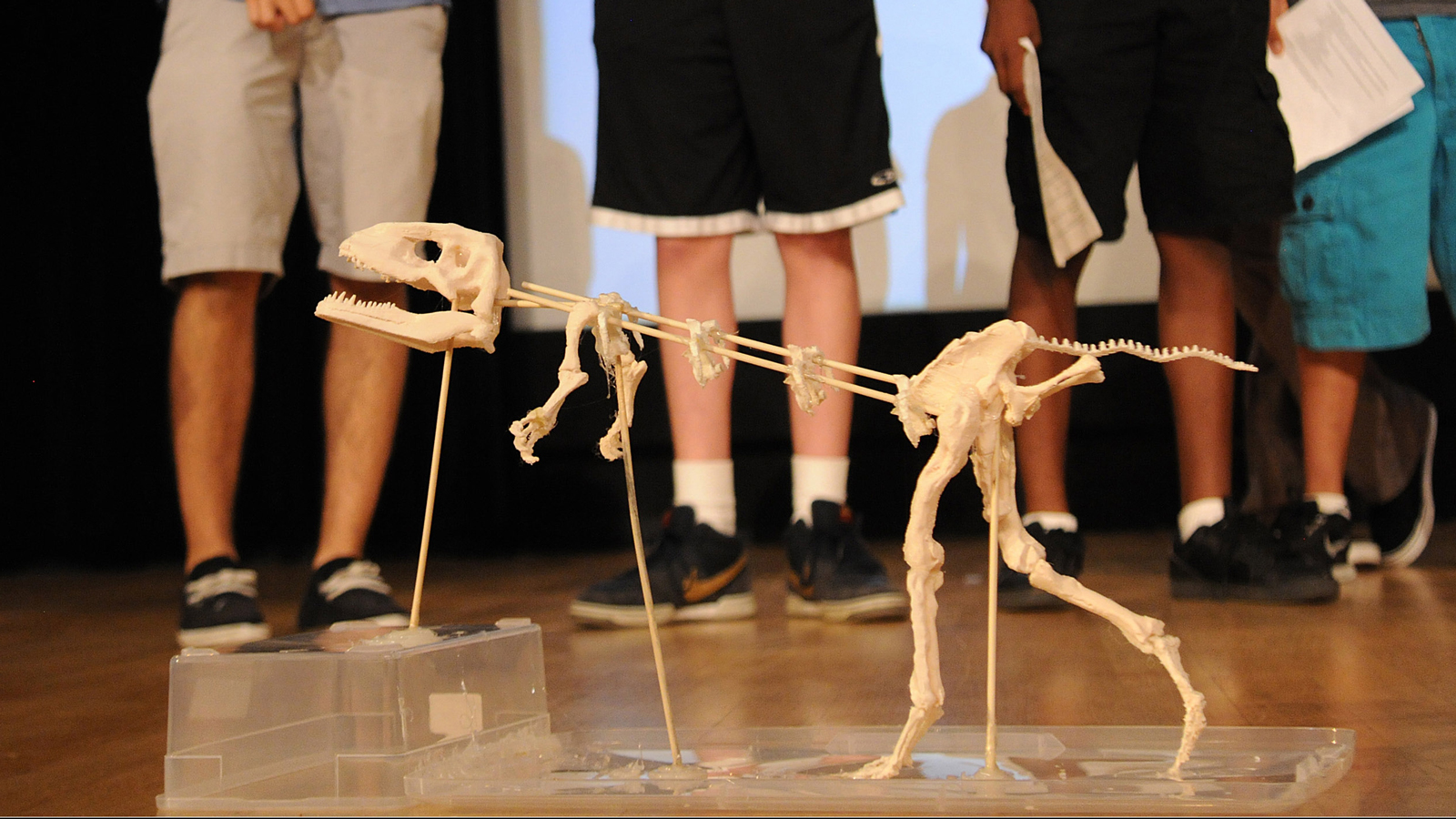
The end result? A 3D-printed dino they can call their own. I’d like to see them try and do that at Camp North Star.
Pictures: AMNH/R. Mickens/D. Finnin/Nick Stango
